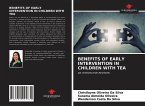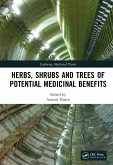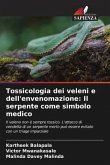Medical scientists use snake venom to develop new drugs to treat illnesses. In fact, the proteins in snake venom are being used to treat many clinical conditions such as examples are cancer, pain, high blood pressure, heart attacks, strokes, Alzheimer's disease, and Parkinson's disease. While deadly to prey, the anticoagulant properties of these venoms is key to its potential medical uses. These toxins have applications in treating strokes, heart attacks and pulmonary embolisms, all of which can come from blood clots. As a medical symbol, the snake figure was associated with Asclepios, the ancient Greek God of medicine, who possessed benevolent properties, believed to be able to cure a patient or a wounded person just by touch. Snake is also connected with pharmacology and antisepsis, as snakes possess an antivenom against their own poison. Consequently, as a symbol of the modern medical profession, toxicology and toxinology, the snake twisted around a stick or the snake beside apharmapeutic cup, also indeed implies the use of medicines or even poison, has its roots in the ancient Mediterranean area as evidenced by the archeological data together with literary references.
Bitte wählen Sie Ihr Anliegen aus.
Rechnungen
Retourenschein anfordern
Bestellstatus
Storno








